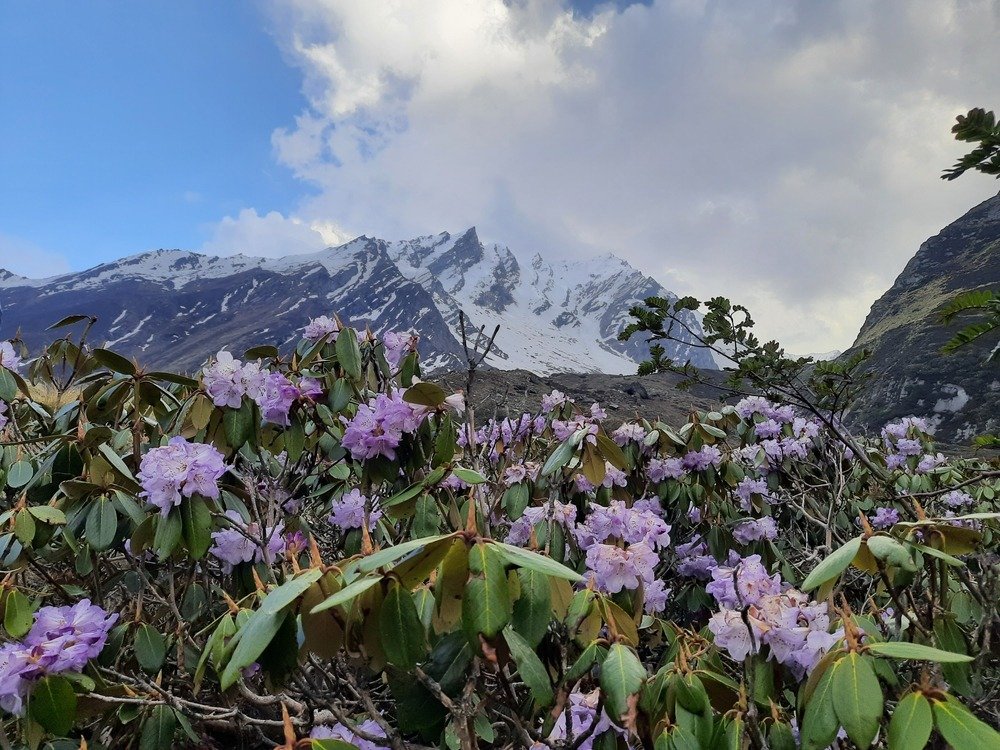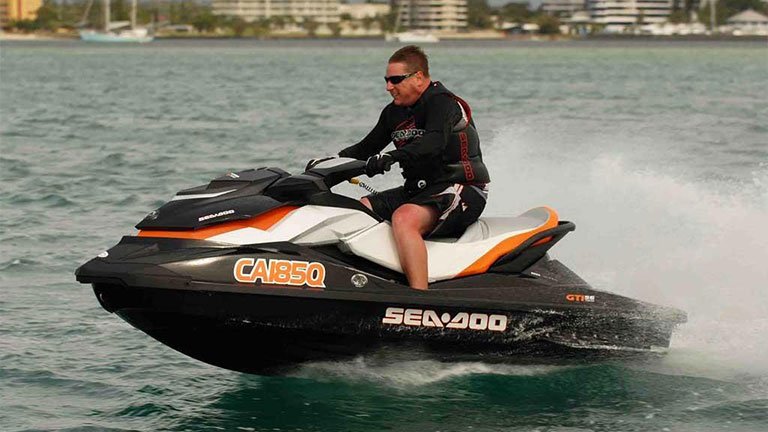Trekking to Bali Pass, nestled high in the Indian Himalayas, is a dream for many adventure seekers. But, like any challenging trek, the right guidance can make all the difference between an unforgettable experience and a difficult ordeal. If you’re planning to take on the Bali Pass trek, you might be wondering how to find the best trek guides who can offer expert advice, ensure safety, and enrich your journey.
In this guide, I’ll walk you through everything you need to know about selecting the best trek guides for Bali Pass Trek. Trust me, a good guide can transform your experience, from the moment you step onto the trail to the time you return home with memories that last a lifetime.
Why is Choosing the Right Trek Guide Important for Bali Pass Trek?
It’s no secret that the Bali Pass Trek is not easy. It’s a physically demanding journey that involves long days of hiking through steep ascents, thick forests, and open meadows at altitudes ranging from 2,500 to 4,800 meters. With challenging terrain and unpredictable weather, it’s easy to feel overwhelmed. However, having the right guide will make everything easier, and here’s why:
A well-experienced guide provides local expertise, ensuring that you stay on track and avoid potential hazards. They can point out shortcuts, the best viewpoints, and areas that are off the beaten path but worth exploring. Even more importantly, they are adept at handling tricky situations such as sudden weather changes, injuries, or altitude sickness. With their help, you won’t just reach the top safely—you’ll enjoy the trek to the fullest. You won’t be constantly worrying about your safety or missing out on the experience. Your guide’s familiarity with the terrain is invaluable.
Additionally, a knowledgeable guide will help you understand the cultural and environmental aspects of the region. Many trekkers miss the hidden cultural gems or the beauty of local villages along the way. A good guide will share stories about the region’s traditions, its people, and how the natural environment influences the lifestyle of those living in these mountains. So, beyond being just your companion, a guide becomes your teacher, enriching the journey with insights that you wouldn’t get otherwise.
How to Identify a Good Trek Guide for Bali Pass Trek?
Choosing the right guide is crucial to having a successful and enjoyable trek. After all, you’ll be trusting them with your safety, your well-being, and your experience. A good guide will enhance your adventure, while a poor one could detract from it. So, let’s dive into the qualities you should be on the lookout for when choosing a guide for your Bali Pass Trek.
1. Experience with the Bali Pass Trek
The first thing to check is whether the guide has experience specifically with the Bali Pass Trek. The terrain here can be challenging, and a guide who has trekked the route multiple times will be better prepared to navigate through the dense forests, icy paths, and remote locations. They will also have a good understanding of how to manage the daily progress, ensuring that you don’t push your limits too early or too hard. Their familiarity with the terrain will help you avoid getting lost, and they’ll know where the best spots for rest are.
Guides with prior experience will also be better at adjusting the trek based on your pace and physical condition. They’ll know when to speed up and when to slow down based on the altitude and the weather. You’ll also be in safer hands if the weather turns unpredictable. An experienced guide has likely encountered similar conditions before and can make quick decisions on the best course of action to ensure your safety and comfort.
2. Knowledge of Local Flora, Fauna, and Culture
What sets a great guide apart from a good one is their ability to share the beauty and richness of the surroundings. A well-informed guide will introduce you to the flora and fauna of the region, describing how the plant life changes with elevation and which animals are commonly seen in the area. Whether it’s spotting the beautiful Himalayan Monal or identifying wildflowers, having a guide with local knowledge adds a layer of wonder to the trek.
Moreover, the Bali Pass Trek passes through several villages where local customs and traditions are still very much alive. Your guide should be able to narrate stories about the people and their way of life, the history behind the landmarks, and the significance of the places you encounter. Whether it’s talking about the legends surrounding the mountains or introducing you to local food and crafts, a knowledgeable guide enriches your trek in ways you can’t anticipate.
3. Certification and Training
Safety is a priority on any trek, and Bali Pass is no exception. Your guide must be certified in essential areas like first aid, mountaineering, and navigation. The guide should have the proper qualifications, which not only demonstrates their expertise but also assures you that they are prepared to handle emergencies, such as altitude sickness, minor injuries, or sudden weather changes.
It’s also a good idea to ask your guide about their familiarity with specific trekking equipment and technology. Many experienced guides are trained in the use of GPS, radios, and other tools that can ensure your safety and help with navigation. Having someone who can respond efficiently to any situation is crucial, especially when you’re trekking at high altitudes where the weather can change unexpectedly.
4. Reputation and Reviews
The best way to get a sense of a guide’s skills is by hearing from past trekkers. While some guides are well-known through agencies, others may be independent. Always check reviews online to see what previous trekkers have to say. Websites, forums, or social media platforms dedicated to trekking experiences can offer insights about their performance.
Look for consistent positive feedback on how the guide handled the group, the trek, and any emergencies that came up. If many trekkers have given them high marks for their professionalism, safety, and insight, you’re more likely to have a smooth and enjoyable experience. But don’t be swayed by just one glowing review; take the time to read multiple opinions before making your decision.
5. Communication Skills
Effective communication can make a big difference on the trek. A good guide should be able to explain the itinerary, give clear instructions, and keep you informed about the day’s plans. They should know how to make sure everyone feels comfortable in the group, whether it’s someone new to trekking or an experienced mountaineer. Additionally, your guide should be approachable and willing to answer your questions, whether about the route, the local culture, or trekking techniques.
An approachable and communicative guide ensures that you feel at ease throughout the trek. They should help you stay motivated, answer any concerns you might have, and foster an enjoyable group dynamic. If you’re traveling as part of a team, a good guide will also keep the group united, ensuring no one feels left behind or out of the loop.
Where to Find Reliable Trek Guides for Bali Pass Trek?
Finding a reliable guide is half the battle, and there are several reliable ways to connect with trustworthy professionals who can lead you through this incredible trek. While word of mouth and recommendations are always great, let’s look at some other effective avenues for finding a guide for the Bali Pass trek.
Searching for trusted trek guides? Choose The Searching Souls, the top choice for Bali Pass Trek, ensuring safety, expertise, and a memorable trekking journey.
1. Trekking Agencies
Trekking agencies that specialize in Himalayan adventures are a great starting point when looking for a guide. These agencies often have teams of experienced and certified guides who have a deep knowledge of the region and the specific trek. Booking through an agency provides an added layer of security, as they will be responsible for ensuring that the guide meets the necessary standards.
When selecting an agency, it’s wise to check their reputation, years of experience in organizing treks, and the specific guides they work with. Many of these agencies offer packages that include a guide, porters, meals, and camping equipment. It’s a convenient option, especially for first-time trekkers who prefer a more structured experience. However, make sure to inquire about group sizes, as smaller groups often provide a more personalized experience.
2. Word of Mouth
Some of the best guides are found through personal referrals. If you know someone who has done the Bali Pass Trek before, ask them about their experience. They might have come across a guide who made their trip memorable, and you can benefit from their firsthand experience. Personal recommendations from fellow trekkers are often more trustworthy than reading reviews online, as they come from people who have actually been on the trek with the guide.
Keep in mind, though, that personal referrals might not always be the most convenient option, especially if you’re traveling solo or haven’t encountered anyone who’s done the trek. In this case, combining word of mouth with online research can be a great strategy to ensure you find the right guide.
3. Online Platforms and Forums
In today’s digital age, online platforms dedicated to trekking and adventure tourism can be goldmines for finding reliable guides. Websites like Trekking India, Lonely Planet, and other trekking forums provide lists of certified guides who are active on specific routes like the Bali Pass. Facebook groups, Reddit threads, and Instagram pages are also great places to find up-to-date information and personal experiences shared by trekkers who have recently completed the trek.
One of the benefits of these online platforms is the ability to ask questions directly to previous trekkers who might offer helpful insights. For instance, you could inquire about a particular guide’s communication skills, professionalism, and how they managed group dynamics.
4. Local Tourist Centers
When you arrive in the region, don’t hesitate to visit local tourist information centers. These centers often work with local guides and can provide you with contacts or even direct you to guides who are experienced and familiar with the Bali Pass Trek. Often, these guides are based in nearby towns or villages, so you’re not only supporting local businesses but also benefiting from the expertise of someone who lives and works in the area.
Local guides also tend to be more flexible and may offer personalized treks based on your needs and schedule. Just make sure to verify their certifications and ask for any references or reviews to ensure they meet your expectations.
What Should You Expect from a Bali Pass Trek Guide?
Hiring a guide is an investment in your safety, comfort, and overall enjoyment of the Bali Pass trek. Your guide is there to do much more than just lead the way—they’re there to make the trek as enjoyable, informative, and safe as possible. Here’s what you can expect from a Bali Pass trek guide.
1. Expert Navigation
Bali Pass Trek is not a straightforward route. It involves navigating dense forests, rocky terrain, and narrow paths that can be tough to identify without experience. A good guide will be able to handle all these challenges while ensuring the group stays on the right path. Whether it’s an unexpected detour due to a landslide or a shortcut to avoid a rainstorm, your guide will know what to do.
They’ll also be able to give you accurate estimates for how long each section of the trek will take, helping you pace yourself accordingly. Having someone who knows the terrain inside and out means you won’t get lost or waste time on detours, ensuring you make the most of your time on the trail.
2. Ensuring Safety
Your guide is not just your route leader—they’re also a safety officer, ensuring you stay healthy and comfortable throughout the trek. The challenge of high altitudes means the risk of altitude sickness, so your guide will monitor the group regularly and make adjustments to your pace as needed. In case of any health issues or injuries, your guide will know how to provide basic first aid and manage the situation until further help arrives, if necessary.
They’ll also keep track of the weather conditions and adjust the itinerary accordingly, ensuring that you don’t get caught in dangerous situations. This attention to safety is vital for trekkers who are new to high-altitude treks or unfamiliar with the challenging conditions.
Conclusion
Choosing the right guide for your Bali Pass Trek is crucial for ensuring a safe and enjoyable experience. By following the tips and advice in this guide, you’ll be able to find someone who can navigate the challenging terrain, share fascinating insights about the region, and prioritize your safety. With a good guide by your side, your Bali Pass trek will not only be memorable but also a once-in-a-lifetime adventure.
Are you ready to take on the challenge? Let’s find the perfect guide to make your journey unforgettable!
FAQs
1. How difficult is the Bali Pass trek?
The Bali Pass trek is considered moderately difficult due to its challenging terrain, steep ascents, and high altitude. Proper fitness and preparation are key. Trekking experience is helpful, but with the right guide, anyone can take on this trek.
2. Can I do the Bali Pass trek without a guide?
While it’s technically possible, trekking without a guide is not recommended due to the challenging conditions and potential safety risks. A guide will ensure your safety, help with navigation, and enrich your experience.
3. How long does the Bali Pass trek take?
The trek usually takes 6 to 8 days, depending on your pace and the route you take. Your guide will help pace the trek according to your group’s capabilities and weather conditions.
4. What is the best time to trek Bali Pass?
The best times for the Bali Pass trek are during the spring (April to June) and autumn (September to November), when the weather is more stable, and the views are stunning.
5. What are the accommodations like on the Bali Pass trek?
Accommodation is usually in tents or basic guesthouses along the route. It’s a camping-heavy trek, but the campsites are often in stunning locations with views of the surrounding peaks.




